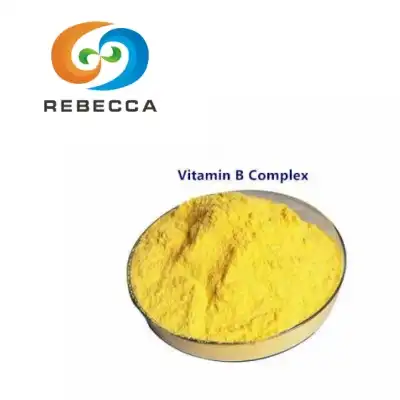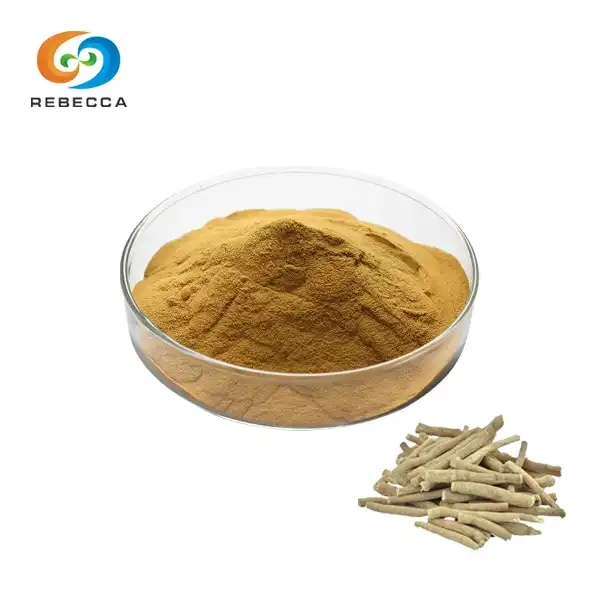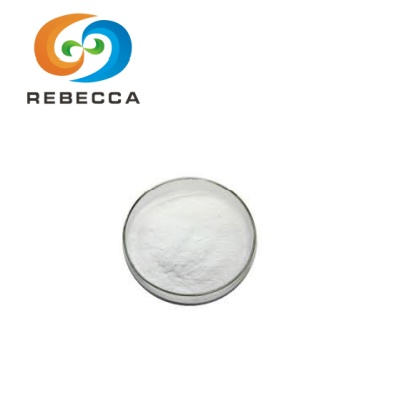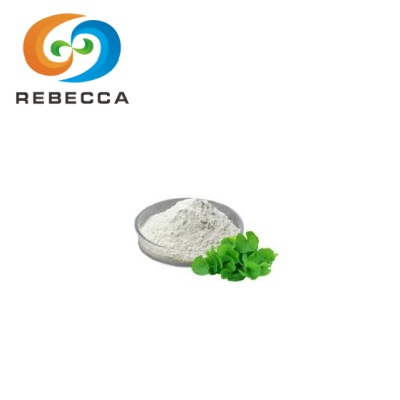What foods contain oat beta glucan?
Oat glucan, a soluble fiber, is found in various foods, with oats being the primary source. For those seeking to incorporate this beneficial compound into their diet, oat beta glucan powder offers a concentrated and versatile option. This powder can be easily added to smoothies, baked goods, and other recipes to boost fiber intake. Natural sources of oat beta-glucan include whole oats, oat bran, and rolled oats, while fortified products like cereals and dairy alternatives also provide this nutritious ingredient.
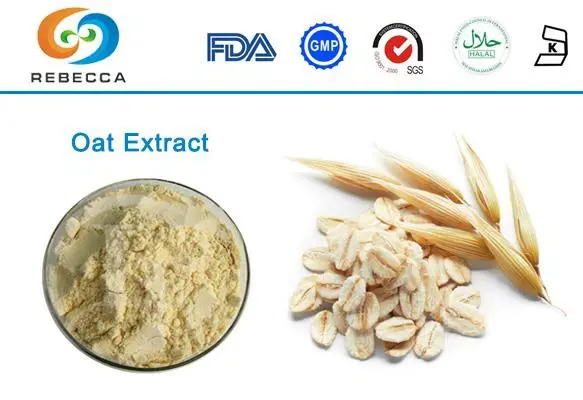
Oat Beta Glucan Powder
Product Name: Oat Extract, Oat Glucan, Oat Beta Glucan, Oat Glucan Powder
CAS No.9041-22-9
Specification: Oat Beta Glucan, 70%,80%,90%.
Appearance: White to light yellow powder
Latin Name: Avena Sativa L
Natural Sources Of Oat Beta Glucan
Whole oats: The richest source of beta glucan
Whole oats stand out as the most abundant natural source of oat beta glucan. These unprocessed oat grains contain the highest concentration of this beneficial soluble fiber. The outer layer of the oat kernel, known as the bran, is particularly rich in beta glucan. When consuming whole oats, you're getting the full nutritional profile, including proteins, healthy fats, vitamins, and minerals, alongside the beta glucan content.
Whole oats can be enjoyed in various forms, such as oatmeal, overnight oats, or as an ingredient in homemade granola. For those looking to maximize their beta glucan intake, choosing steel-cut oats or oat groats can be particularly beneficial, as these forms undergo minimal processing and retain more of their natural fiber content.
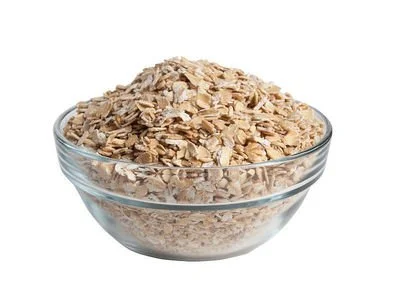
Oat bran: Concentrated beta glucan content
Oat bran is another excellent source of beta glucan, offering a more concentrated form of this soluble fiber. It consists of the outer layer of the oat grain, which is separated during processing. This isolation results in a higher proportion of beta glucan compared to whole oats. Oat bran can be easily incorporated into your diet by sprinkling it over yogurt, adding it to smoothies, or using it as a partial replacement for flour in baking recipes.
The concentrated nature of oat bran makes it an efficient way to increase beta glucan intake without significantly altering your diet. Its mild flavor allows for versatile use in both sweet and savory dishes, making it a convenient option for those seeking to boost their fiber consumption.
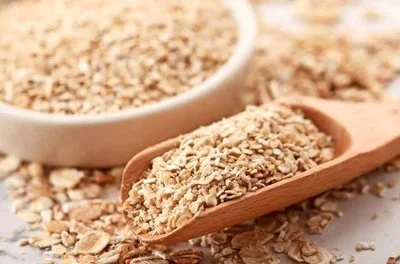
Rolled oats vs steel-cut oats: Beta glucan comparison
When comparing rolled oats and steel-cut oats, both varieties contain significant amounts of beta glucan, but there are slight differences in their nutritional profiles. Steel-cut oats, which are minimally processed oat groats cut into smaller pieces, retain more of their original nutrient content, including beta glucan. Rolled oats, on the other hand, are steamed and flattened, which can lead to a small reduction in fiber content.
Despite these differences, both types of oats remain excellent sources of beta glucan. The choice between rolled and steel-cut oats often comes down to personal preference in texture and cooking time. Steel-cut oats offer a chewier texture and take longer to cook, while rolled oats provide a creamier consistency and cook more quickly, making them a popular choice for busy mornings.
Fortified Products With Oat Beta Glucan
Oat beta glucan-enriched breakfast cereals
Breakfast cereals fortified with oat beta glucan have gained popularity as a convenient way to increase fiber intake. These products typically combine oat-based ingredients with additional oat beta-glucan powder to enhance their nutritional profile. Manufacturers recognize the growing consumer demand for healthier breakfast options and have responded by creating cereals that not only taste good but also provide the benefits of this soluble fiber.
When selecting fortified cereals, it's important to read the nutrition labels carefully. Look for products that specifically mention oat beta glucan or list oats as a primary ingredient. The amount of beta glucan can vary significantly between brands, so choosing cereals with higher fiber content generally indicates a higher concentration of beta glucan.
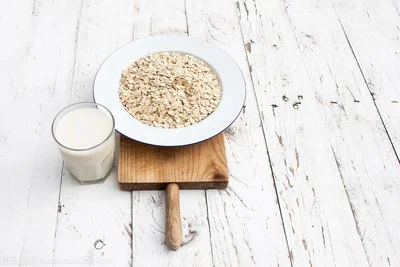
Oat milk and other dairy alternatives with beta glucan
The rise of plant-based milk alternatives has led to the development of oat milk, which naturally contains beta glucan from its oat base. Some brands further enhance their oat milk products by adding oat beta glucan powder to increase the fiber content. These fortified oat milk varieties offer a creamy texture and mild flavor while providing the benefits of beta glucan.
Other dairy alternatives, such as yogurt substitutes and non-dairy creamers, may also be fortified with oat beta glucan. These products cater to individuals looking for lactose-free options that still deliver the nutritional advantages of oats, including heart health support and improved digestion.
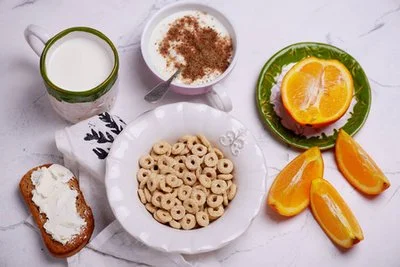
Baked goods incorporating oat beta glucan powder
Bakers and food manufacturers are increasingly using oat beta glucan powder as an ingredient in various baked goods. This allows them to create products with enhanced nutritional value without significantly altering taste or texture. Breads, muffins, cookies, and energy bars are among the baked items that may contain added oat beta-glucan.
For home bakers, incorporating oat beta glucan powder into recipes is a simple way to boost the fiber content of homemade treats. The powder can be mixed with flour or added to batters, providing a subtle nutty flavor while increasing the nutritional value of the final product.
Comparing Beta Glucan Content In Different Foods
Oats vs barley: Which has more beta glucan?
While both oats and barley are excellent sources of beta glucan, oats generally contain a higher concentration of this soluble fiber. On average, oats contain about 5-6% beta glucan by dry weight, whereas barley typically contains 2-3%. This higher content makes oats the preferred choice for those specifically seeking to increase their beta glucan intake.
However, it's worth noting that certain varieties of barley, particularly those bred for high beta glucan content, can rival or even surpass oats in their fiber concentration. Both grains offer significant health benefits and can be valuable additions to a balanced diet.
Beta glucan levels in oat-based vs wheat-based products
When comparing oat-based products to wheat-based alternatives, the difference in beta glucan content is substantial. Wheat contains very little beta glucan, with most of its fiber coming from other types of dietary fiber. Oat-based products, such as oatmeal, oat bread, and oat cereals, consistently provide higher levels of beta glucan than their wheat counterparts.
This distinction is particularly important for individuals looking to increase their intake of soluble fiber for specific health benefits, such as cholesterol management or blood sugar regulation. Choosing oat-based products over wheat-based options can significantly boost beta glucan consumption.
Daily intake recommendations for oat beta glucan
Health authorities and research studies suggest that consuming 3 grams of oat beta glucan daily can contribute to maintaining normal blood cholesterol levels. This recommendation is based on numerous clinical trials demonstrating the cholesterol-lowering effects of beta glucan at this dosage.
To achieve this intake, individuals might consume about 100 grams of oats or oat bran, or use oat beta glucan powder as a supplement. It's important to note that the effects of beta glucan are dose-dependent, and consistent daily consumption is key to realizing its health benefits. As with any dietary change, it's advisable to consult with a healthcare professional before significantly increasing beta glucan intake.
Oat beta glucan is a valuable component of a healthy diet, found naturally in oats and fortified in various food products. Whole oats, oat bran, and steel-cut oats offer the highest natural concentrations of this soluble fiber. For those seeking to increase their intake, oat beta-glucan powder provides a versatile and concentrated option. Fortified products like cereals, oat milk, and baked goods also contribute to daily beta glucan consumption. By incorporating these foods into their diet, individuals can harness the potential health benefits, including improved heart health and better blood sugar management. As research continues to uncover the advantages of this powerful fiber, its importance in nutrition and health maintenance becomes increasingly clear.
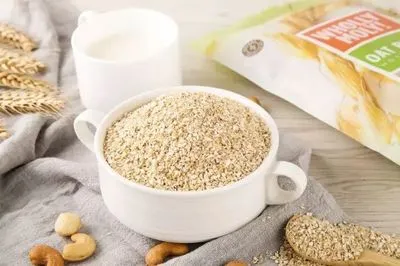
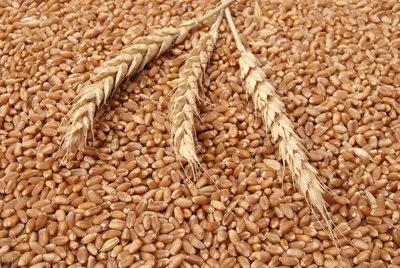
China Oat Beta Glucan Powder Supplier
Shaanxi Rebeccia is a leading supplier of high-quality oat glucan, catering to the needs of pharmaceutical R&D companies, health supplement brands, and functional beverage manufacturers. Our oat beta glucan powder (CAS No.9041-22-9) is available in concentrations of 70%, 80%, and 90%, appearing as a white to light yellow powder derived from Avena Sativa L. Our state-of-the-art production facilities adhere to strict GMP and ISO standards, ensuring batch consistency and product purity. We provide comprehensive documentation, including GMP and ISO certifications, to support global regulatory compliance. For inquiries about our premium oat extract or to discuss your specific formulation needs, contact us at information@sxrebecca.com. Shaanxi Rebeccia is committed to delivering high-quality, scientifically-backed ingredients to support your product development and innovation goals.
References
- Journal of Nutrition, "Oat Beta-Glucan: Health Benefits and Sources in Modern Diets"
- European Journal of Clinical Nutrition, "Beta-glucans in Food Products: Concentration and Effects on Metabolic Health"
- American Journal of Clinical Nutrition, "Oat Products and Their Impact on Lipid Profiles: A Comprehensive Review"
- Food Chemistry, "Comparative Analysis of Beta-glucan Content in Various Cereal-based Products"
- Nutrients, "The Multifaceted Health Effects of Dietary Fiber and Beta-glucans: Current Perspectives"
- Journal of Food Science and Technology, "Fortification Strategies Using Beta-glucans: Enhancing Functional Foods"
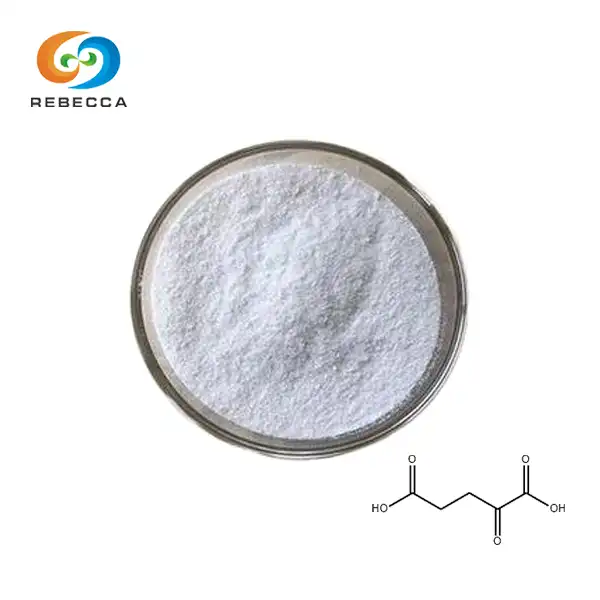
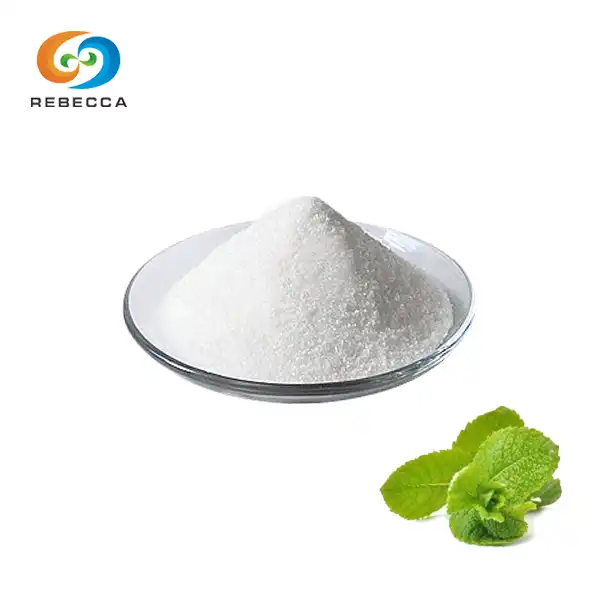
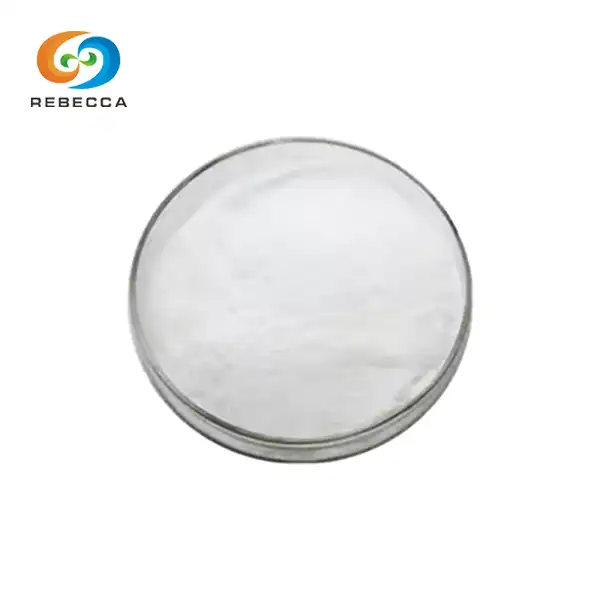
_1730079799361.webp)
